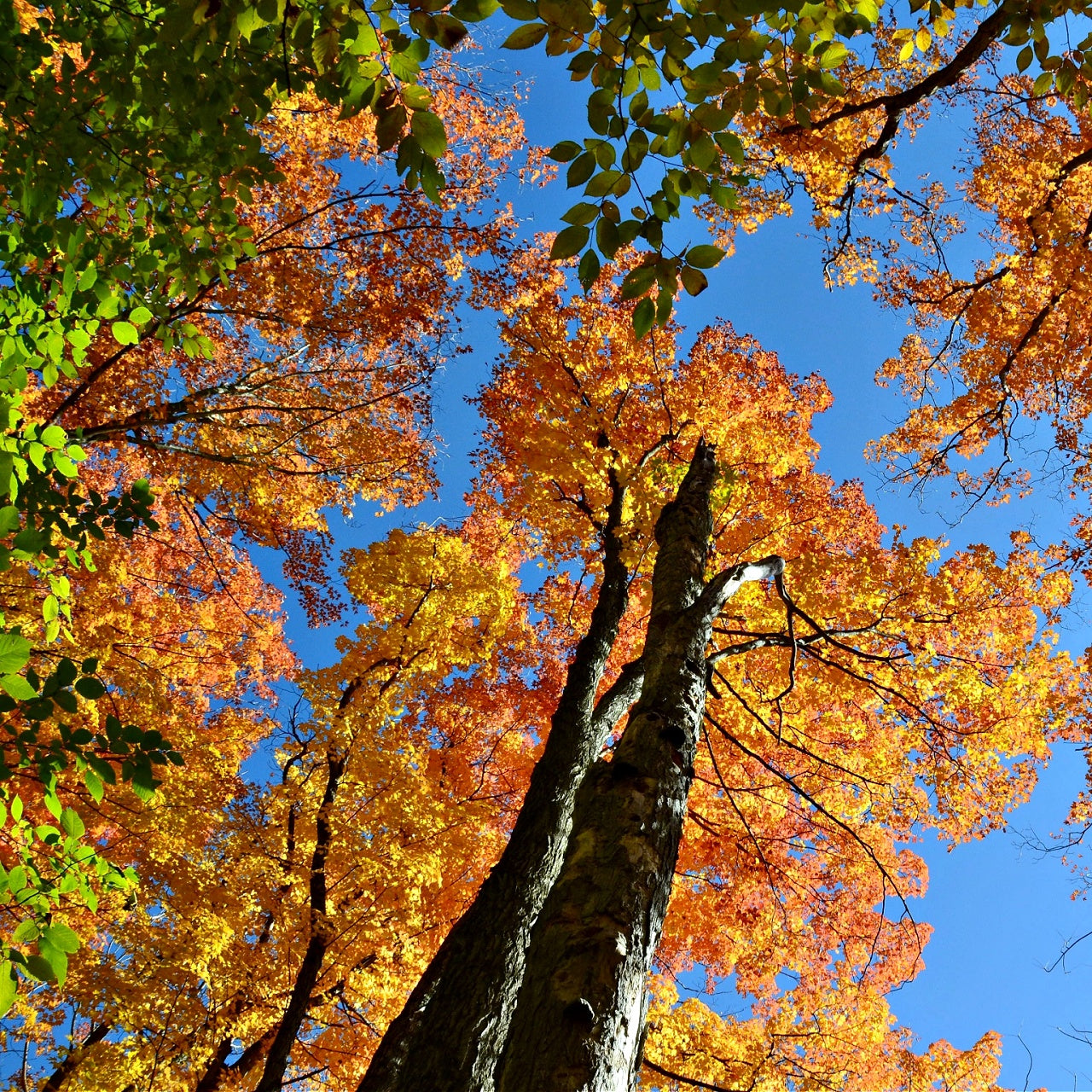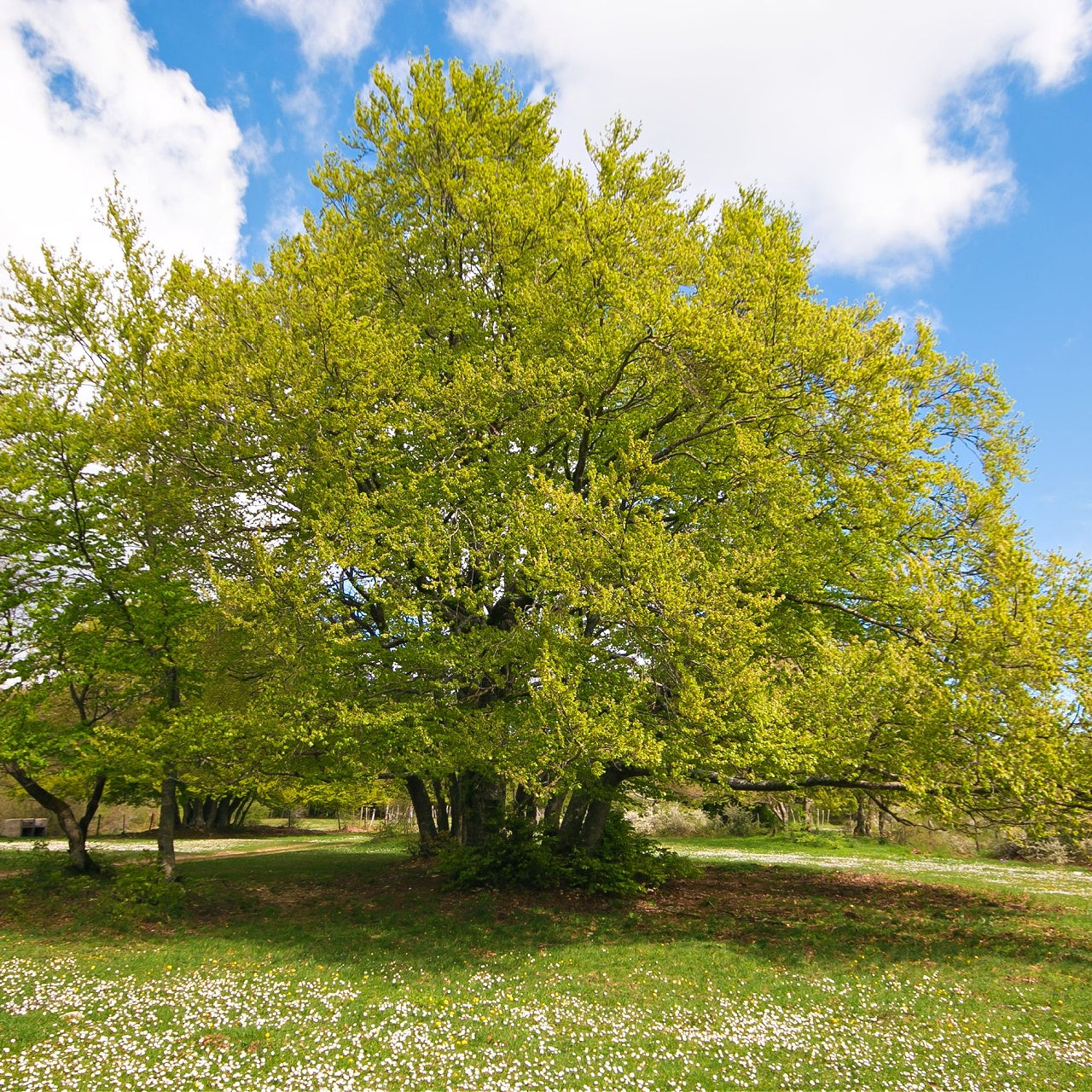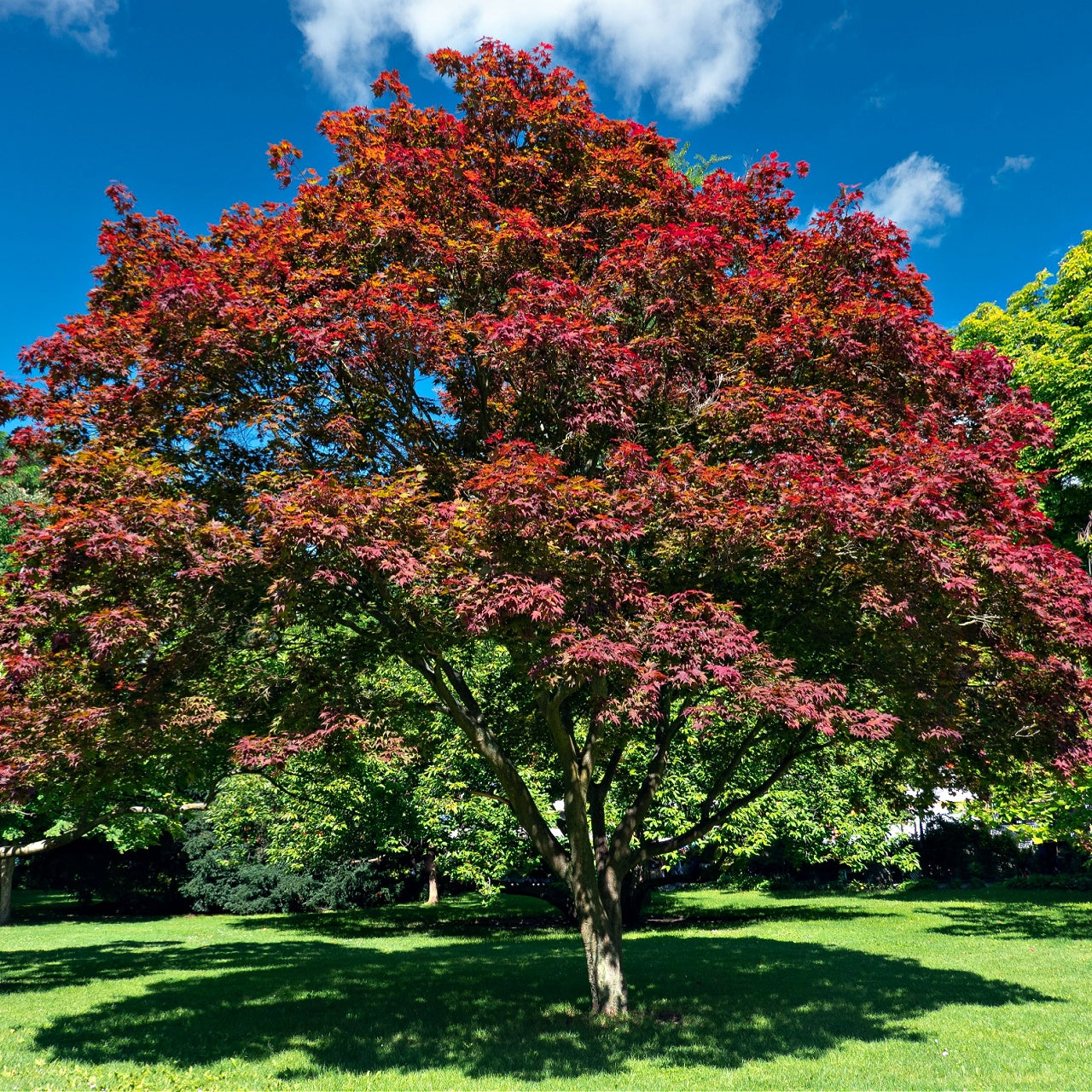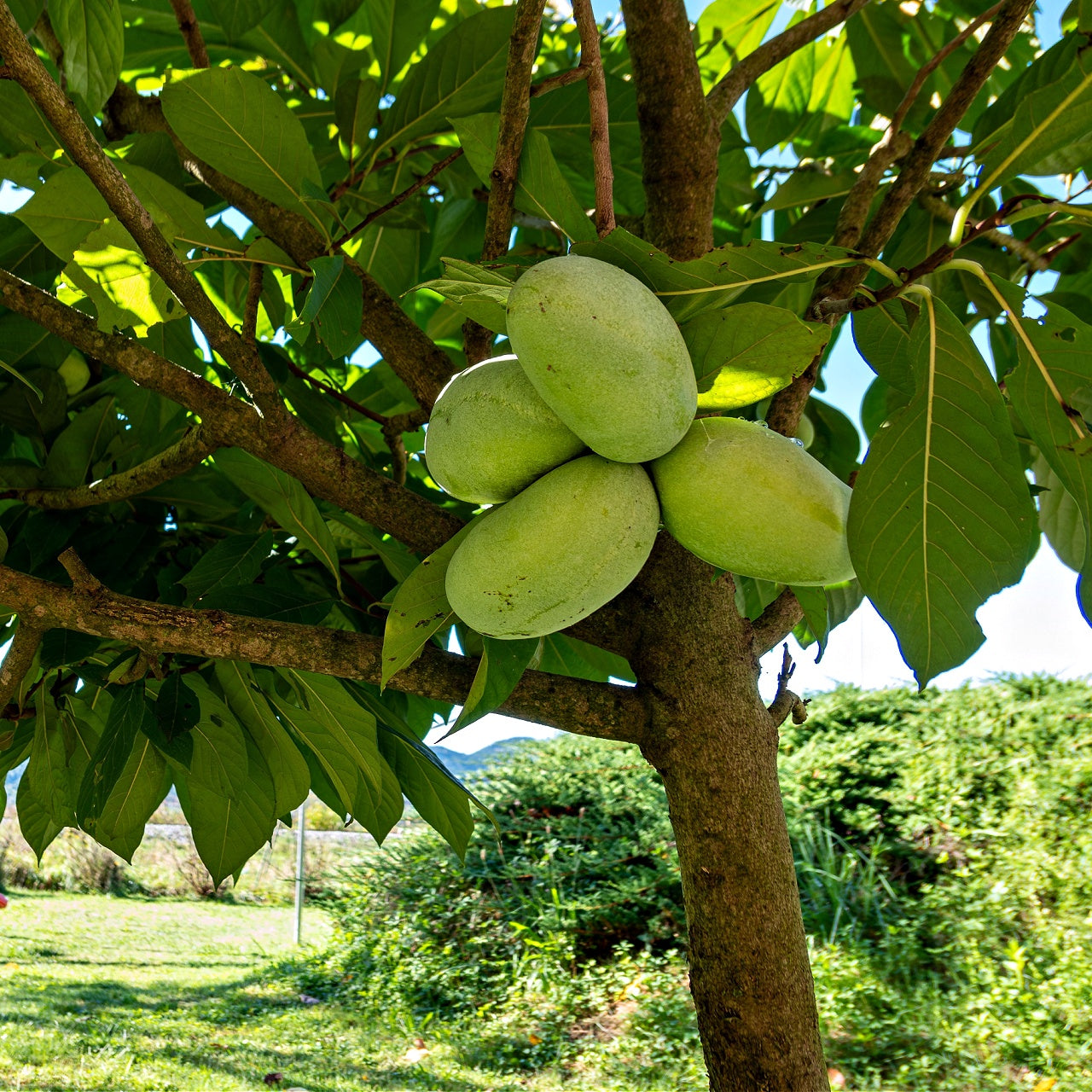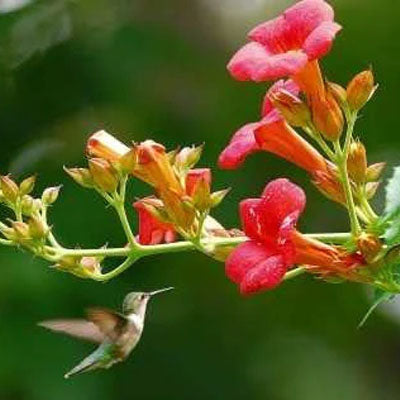
The 10 Best Flowers to Attract Hummingbirds In Your Garden
The 10 Best Flowers to Attract Hummingbirds In Your Garden
Do you want to give your garden a little more life and color? Look no further than the beautiful and fascinating hummingbird! These tiny birds are a joy to watch and play a crucial role in pollinating many types of flowers.
Choosing the right types of flowers is essential to lure these feathered friends to your garden. Stay with us as we explore the 10 best flowers to bring hummingbirds to your garden. From vibrant Red Hot Poker to the delicate Wood Poppy, there's a flower on this list to suit every gardener's taste. Let’s get started!
-
Red Hot Poker (Kniphofia)
The Red Hot Poker, also known as Kniphofia, is a striking flowering plant with tall, torch-like spikes of bright red, orange, and yellow flowers highly attractive to hummingbirds. Hummingbirds' beaks fit into the plant's long, tubular blossoms' right shape and depth, allowing them to sip nectar.
Select a location with well-draining soil and full sun exposure to grow these amazing flowers in your garden. The plant thrives in hot and dry conditions, so water it regularly during hot spells. Red Hot Pokers can grow up to five feet tall, so plant them in the back of the garden or as a focal point to create a dramatic effect.
Red Hot Pokers are low-maintenance plants highly resistant to pests and diseases. To ensure healthy growth, add compost to the soil before planting and fertilize the plant in the spring and summer months.
-
Cardinal Flower (Lobelia cardinalis)
Cardinal Flower (Lobelia cardinalis) is a stunning perennial plant with bright red flowers shaped like tubes. The flowers grow on tall spikes that can reach up to 4 feet in height, making it an eye-catching addition to any garden.
Cardinal Flower is highly alluring to hummingbirds due to its tubular shape, which allows hummingbirds to extract nectar from the flowers easily.
To grow Cardinal Flower in your garden, choose a location with partial shade and moist, well-draining soil. The plant is known to be picky about its growing conditions, so it is vital to keep the soil consistently moist and to avoid over-fertilization.
Wood Poppy (Stylophorum diphyllum)
Get ready to add a pop of sunshine to your garden with the Wood Poppy! This enchanting plant boasts vibrant yellow flowers that will bring majestic hummingbirds to your space.
The Wood Poppy is a low-maintenance plant that thrives in moist, well-draining soil and partial shade.
Hummingbirds are drawn to the Wood Poppy's bright yellow flowers, which provide a rich nectar source. Watch these tiny birds flutter about, feeding on the Wood Poppy's delicate blooms.
Want to grow eye-catching Wood Poppies in your garden? Just plant them in early spring and water them regularly. These plants can also self-seed, making them a great addition to a wildflower garden. So why not brighten up your outdoor space with the Wood Poppy and bring the magic of hummingbirds to your backyard?
Dandelion Plant
When you think of dandelions, you may picture them as pesky weeds, but did you know they can also attract hummingbirds to your garden? These bright yellow flowers are like a beacon for hummingbirds, and their fluffy seed heads provide a fun treat for birds to play with.
Dandelion is a hardy perennial plant that can thrive in various growing conditions. They grow quickly and easily, making them an ideal addition to any garden. They can also be harvested for their nutritious leaves and roots, which can be used in salads, teas, and herbal remedies.
So how do you grow these bright flowers? Well, you can simply scatter the seeds in a sunny location with well-draining soil. Keep the soil moist and watch as these cheerful flowers pop up in no time.
So, don't overlook the humble dandelion in your quest to draw hummingbirds to your landscape. Give them a chance and watch the magic unfold!
-
Trumpet Creeper (Campsis radicans)
Trumpet Creeper (Campsis radicans) is a vigorous and fast-growing vine that produces vibrant orange-red, trumpet-shaped flowers. The vine is deciduous and has lush green foliage that can provide shade in the summer.
Trumpet Creeper stands out to hummingbirds due to its bright color, rich nectar, and the tubular shape of its flowers. The plant is also known to bloom for an extended period, providing a continuous food source for hummingbirds.
You can grow your Trumpet Creeper with well-draining soil and full sun. Regular pruning can help control its growth. Note that Trumpet Creeper can be invasive in some areas and should be cautiously planted.
Additionally, Trumpet Creeper provides bird cover and nesting opportunities.
-
English Ivy (Hedera Helix)
English Ivy (Hedera helix) is a hummingbird magnet. This evergreen vine is known for its attractive foliage, which can be variegated or solid green. The distinctive leaves can climb up walls, trellises, or trees, adding a touch of elegance and charm to any landscape.
Hummingbirds love English Ivy's nectar-rich flowers, which bloom in the fall and winter. The small, greenish-yellow flowers are not only a food source for these tiny birds but also provide a sheltered place to rest and hide from predators.
Moreover, this plant tolerates different soil types and can do well in full sun or partial shade. Note that it's essential to prune it regularly to prevent it from becoming invasive. You can train it to climb walls or let it sprawl across the ground as a cover.
-
Butterfly Bush (Buddleja davidii)
Butterfly Bush (Buddleja davidii) is a fast-growing deciduous shrub that produces long, cone-shaped flower clusters in shades of pink, purple, and white. The flowers have a sweet fragrance and are highly attractive to butterflies and hummingbirds.
The plant blooms from mid-summer to fall, providing a stable food source for hummingbirds. You must choose a sunny location with well-draining soil to grow this plant. The plant requires regular watering, especially during hot, dry periods. Butterfly Bush is a low-maintenance plant that can be pruned in the spring to encourage more blooms.
-
Jack In The Pulpit (Arisaema triphyllum)
Jack in the Pulpit is a unique and eye-catching plant that's sure to grab the attention of both you and the hummingbirds in your garden. This native North American plant produces a gorgeous flower with a "pulpit-like" structure surrounding a slender spadix. The unique shape of the flower and its vibrant colors make it a target for hummingbirds.
Jack in the Pulpit can grow in various circumstances, making it quite simple to care for. It will flourish if you plant it in a shaded, wet location with soil that drains properly. It requires little care and will provide you with spectacular blooms every year.
-
Purple Coneflower (Echinacea purpurea)
With its bold color and large petals, the purple coneflower (Echinacea purpurea) is an irresistible draw for hummingbirds. These birds are attracted to the nectar of its showy flowers, making it a great addition to any hummingbird garden. To grow purple coneflower, ensure it gets plenty of sunlight and well-drained soil. Deadheading the flowers regularly will encourage new growth and prolong blooming. Whether used as a border plant or in a wildflower meadow, the hardy purple coneflower will elevate the look of your garden while luring hummingbirds with its sweet nectar.
-
Periwinkle Plant (Vinca)
Periwinkle Plant, also known as Vinca, boasts bright blooms and glossy green leaves that add color to any garden. Hummingbirds can't resist the trumpet-shaped flowers that bloom from spring through fall. Periwinkle Plant is low-maintenance, making it perfect for novice gardeners. Plant in well-draining soil and avoid overwatering. Provide partial shade in hot climates. With proper care, Periwinkle Plant offers a stunning display of flowers for your garden and entertainment for hummingbirds.




